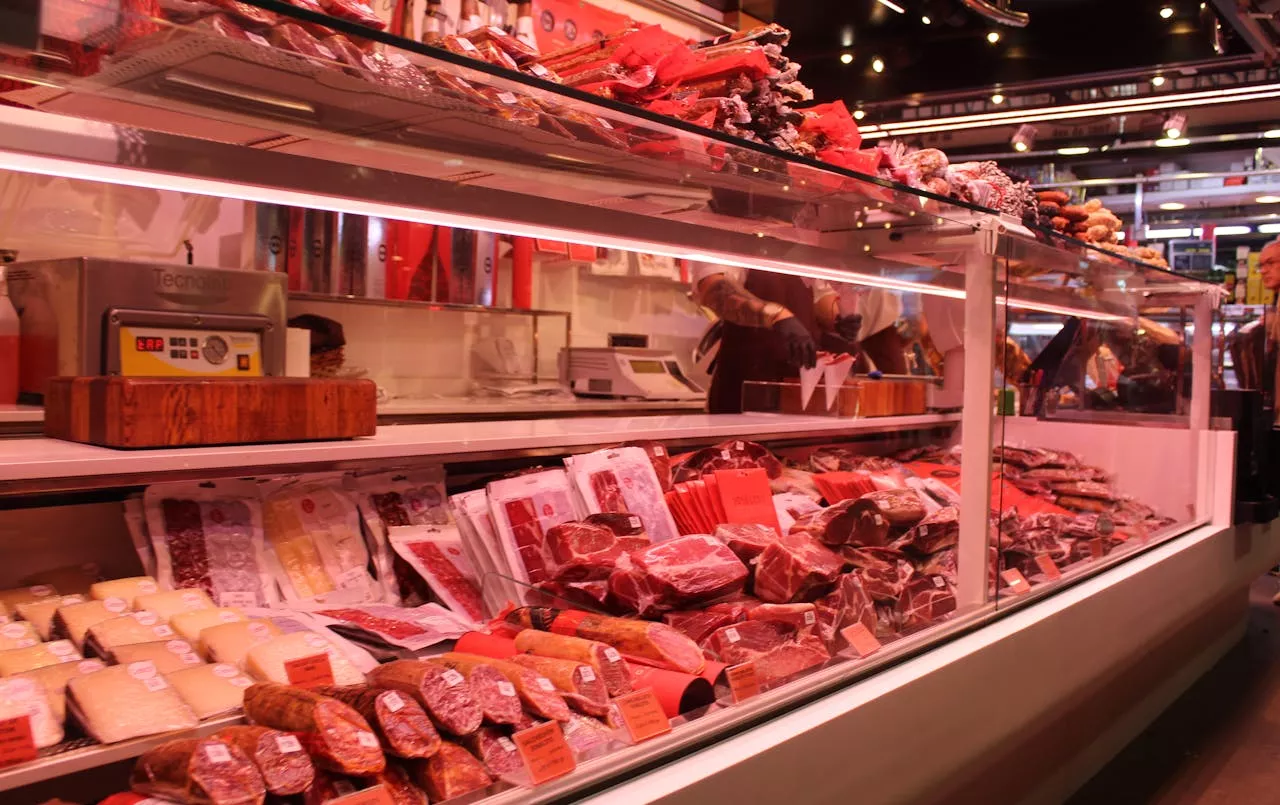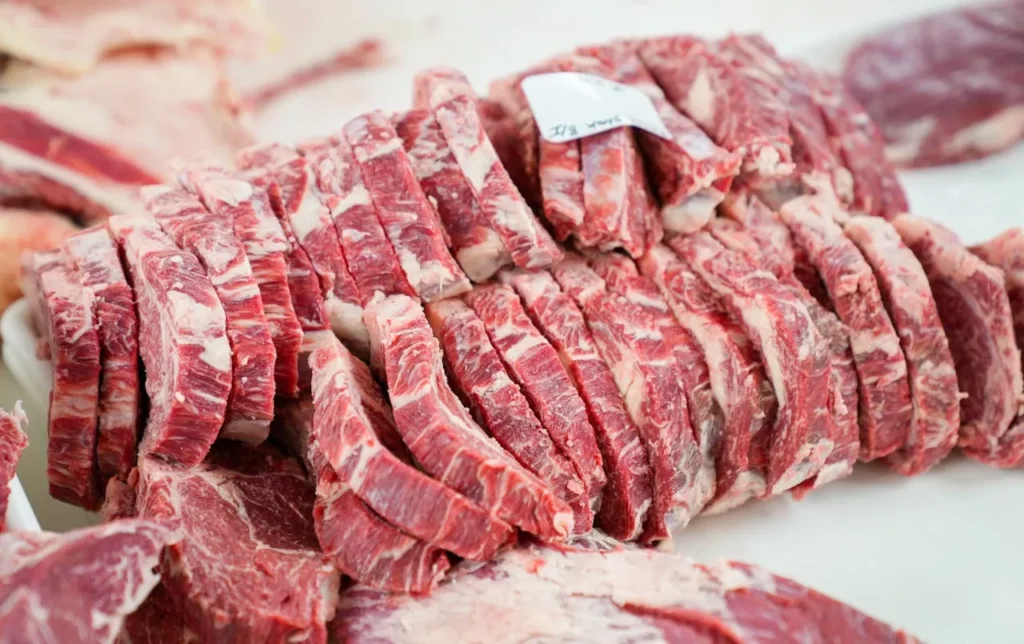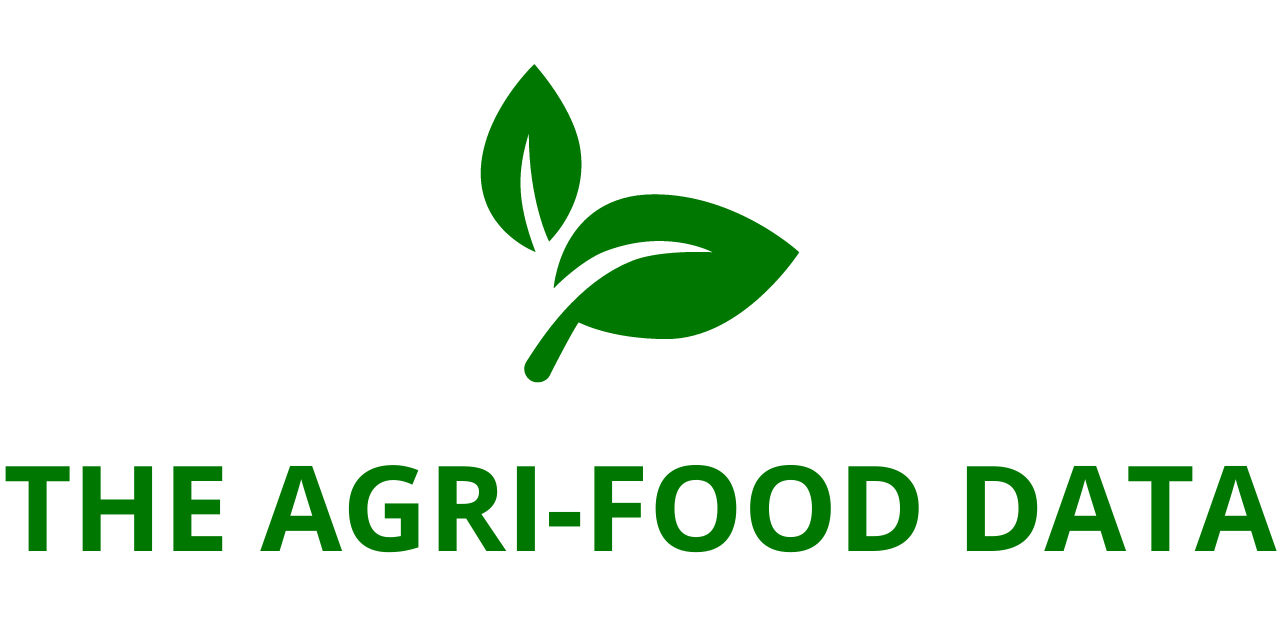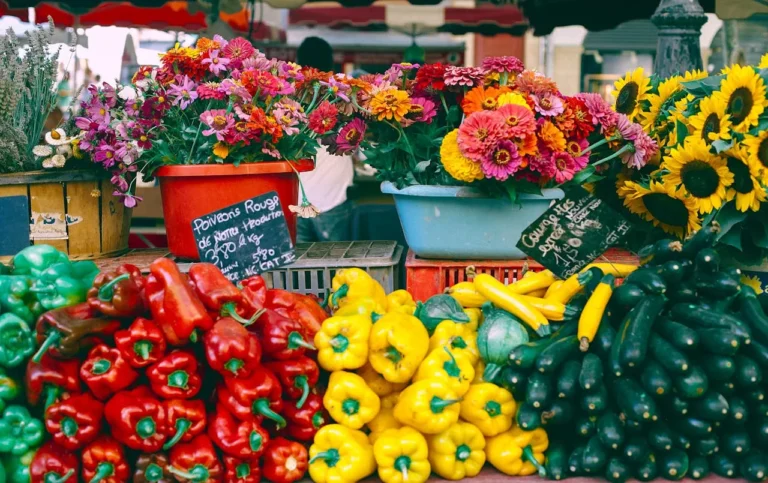
The “Fresh Meat Packaging – Global Strategic Business Report” has been added to ResearchAndMarkets.com’s comprehensive collection of industry insights. The report offers an in-depth view of one of the most critical sectors in modern food supply chains — the global fresh meat packaging market. Valued at US$21 billion in 2024, the market is projected to reach US$25.4 billion by 2030, registering a compound annual growth rate (CAGR) of 3.2% during the forecast period.
This latest edition integrates detailed analysis of market dynamics, trade developments, and technological advancements, helping stakeholders navigate a rapidly evolving landscape shaped by consumer trends, sustainability pressures, and global trade shifts.
Fresh Meat Packaging: A Pillar of Food Safety and Quality
Fresh meat packaging is at the heart of the global food industry, performing the essential function of preserving, protecting, and presenting meat products in ways that ensure safety, freshness, and consumer appeal. Beyond simple containment, packaging now plays a central role in extending shelf life and maintaining product integrity by minimizing exposure to oxygen, bacteria, and moisture — key factors that accelerate spoilage.
Modern packaging solutions such as vacuum packaging, modified atmosphere packaging (MAP), and vacuum skin packaging (VSP) have revolutionized how meat products are stored and distributed.
- Vacuum packaging removes air from the package, slowing oxidation and bacterial growth, thus extending the meat’s shelf life.
- MAP adjusts the gas composition inside the packaging — often using nitrogen and carbon dioxide — to prevent discoloration and microbial spoilage.
- VSP creates a tight, transparent seal over the product, enhancing freshness and visual appeal, which is increasingly important in retail displays.
These innovations help producers maintain product quality while meeting consumer expectations for safety and sustainability. In a global market where food waste reduction has become a critical objective, such technologies are essential to both profitability and environmental stewardship.
Technological Innovations Transforming the Industry
The fresh meat packaging market is undergoing a technological renaissance, driven by advances in materials science, automation, and digital intelligence. Among the most transformative innovations are active and intelligent packaging systems.
- Active packaging incorporates functional additives such as oxygen scavengers, antimicrobial agents, or moisture absorbers. These interact with the meat or its surrounding atmosphere to actively preserve freshness and inhibit spoilage.
- Intelligent packaging employs embedded sensors or time-temperature indicators that monitor product conditions in real time, alerting consumers and retailers to temperature fluctuations or potential spoilage.
Such smart technologies improve supply chain transparency, enhance food safety, and reduce the risk of foodborne illnesses — outcomes that are especially vital for global meat producers managing complex logistics networks.
Parallel to these technological advancements is the industry’s growing emphasis on sustainability. The increasing use of biodegradable films, compostable trays, and recyclable materials is reshaping how fresh meat is packaged. As regulators and consumers alike push for eco-friendly solutions, packaging companies are developing plant-based polymers and other sustainable alternatives that deliver comparable performance to conventional plastics but with a lower environmental footprint.
These eco-conscious shifts reflect a broader industry transformation where technology, sustainability, and consumer awareness converge to redefine competitive advantage.
Evolving Consumer Preferences and Market Drivers
Consumer preferences are exerting a powerful influence on the direction of the fresh meat packaging market. Today’s consumers prioritize convenience, transparency, and sustainability, and packaging innovation is evolving accordingly.
Convenience-oriented designs — such as resealable packs, portion-controlled servings, and easy-open formats — cater to busy lifestyles while minimizing food waste. Labels now often feature detailed nutritional information, freshness indicators, and QR codes linking to sourcing or sustainability data, offering consumers a sense of control and trust in what they buy.
The push toward sustainability is equally transformative. Growing environmental awareness has made eco-friendly packaging a decisive purchasing factor. Brands that demonstrate a tangible commitment to reducing plastic waste and carbon emissions through recyclable or compostable packaging gain a competitive edge. At the same time, the demand for locally sourced and ethically produced meat is increasing, with packaging designs emphasizing transparency and traceability to align with these values.
In parallel, the global rise in e-commerce grocery sales and direct-to-consumer meat delivery is shaping new packaging requirements. Packaging must now ensure durability, leak resistance, and temperature stability throughout extended supply chains — all while maintaining product freshness.
Market Growth Drivers and Regional Highlights
Several key forces are propelling the growth of the fresh meat packaging industry:
- Rising demand for convenience and ready-to-cook foods: As urban lifestyles evolve, consumers are purchasing more pre-packaged and portioned meat products.
- Increasing focus on food safety: With heightened awareness of contamination risks, technologies such as MAP and vacuum packaging are gaining traction globally.
- Expansion of online retail: The need for secure, temperature-controlled packaging suitable for home delivery has become crucial.
- Sustainability imperatives: Regulatory pressures and consumer expectations are driving the adoption of recyclable and biodegradable materials.
From a regional perspective, the U.S. market is valued at US$5.6 billion in 2024, while China is forecast to achieve a 4.8% CAGR, reaching US$5.1 billion by 2030. Growth in Europe remains steady, supported by stringent food safety laws and sustainability mandates. Emerging markets across Asia-Pacific and Latin America are witnessing rising meat consumption and expanding retail infrastructure, opening new opportunities for packaging innovation.
By packaging type, Flexible Packaging leads the market, expected to reach US$16.3 billion by 2030, growing at 3.3% CAGR, while Rigid Packaging follows closely with a 3% CAGR over the same period.

The Future of Fresh Meat Packaging: Smart, Safe, and Sustainable
Looking ahead, the fresh meat packaging industry will continue to evolve under the influence of smart technologies, eco-friendly materials, and food waste reduction goals. Smart packaging — incorporating freshness sensors and QR-coded traceability — will increasingly be used in cold chain logistics to ensure safety and transparency.
Sustainability will remain a defining priority, with manufacturers focusing on compostable, recyclable, and renewable materials to reduce reliance on single-use plastics. The growing integration of digital monitoring systems with packaging will allow better supply chain visibility and consumer confidence.
Meanwhile, vacuum-sealed and portion-sized packaging solutions will play a pivotal role in minimizing spoilage and waste, aligning with both economic and environmental goals.
Comprehensive Market Intelligence and Competitive Landscape
The report provides extensive market coverage, offering independent analysis of annual sales from 2024 through 2030, complemented by historical data from 2015 to 2023. It evaluates market dynamics across major geographies, including the U.S., China, Japan, Canada, Europe, Asia-Pacific, Latin America, the Middle East, and Africa.
The study features 43 leading companies, including:
- Alle Processing Corp.
- Amcor PLC
- American Foods Group, LLC
- Berry Global, Inc.
- Brake Bros Limited
- Colimatic SpA
- Edelmann Group
- FLAIR Flexible Packaging Corporation
- Globex International, Inc., among others.
Beyond company profiling, the report delves into tariff and trade impacts, examining negotiations across 180+ countries and assessing how global trade tensions, particularly those linked to tariff adjustments and supply chain realignment, will influence the sector in 2025 and beyond.
Why This Report Matters
With detailed data, expert commentary, and forward-looking insights, the Fresh Meat Packaging – Global Strategic Business Report serves as an indispensable resource for industry stakeholders. It equips readers with actionable intelligence on:
- How the global market will evolve through 2030.
- The most promising packaging technologies and materials.
- Key regional growth opportunities.
- The competitive positioning of leading players.
Through its comprehensive analysis and one-year complimentary updates, the report ensures decision-makers stay informed about emerging technologies, regulatory changes, and shifting consumer expectations that will define the future of fresh meat packaging.
Source Link:https://www.businesswire.com/





